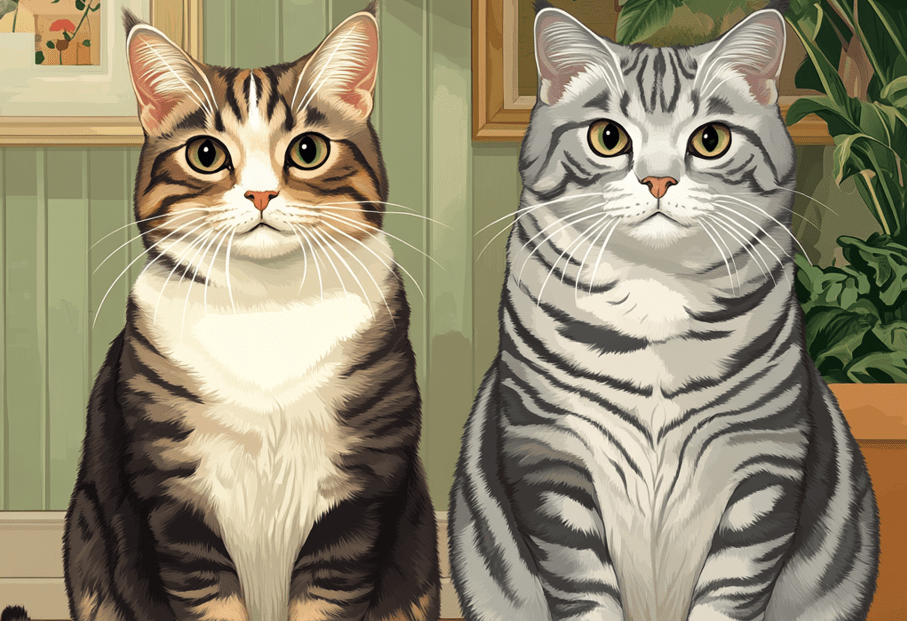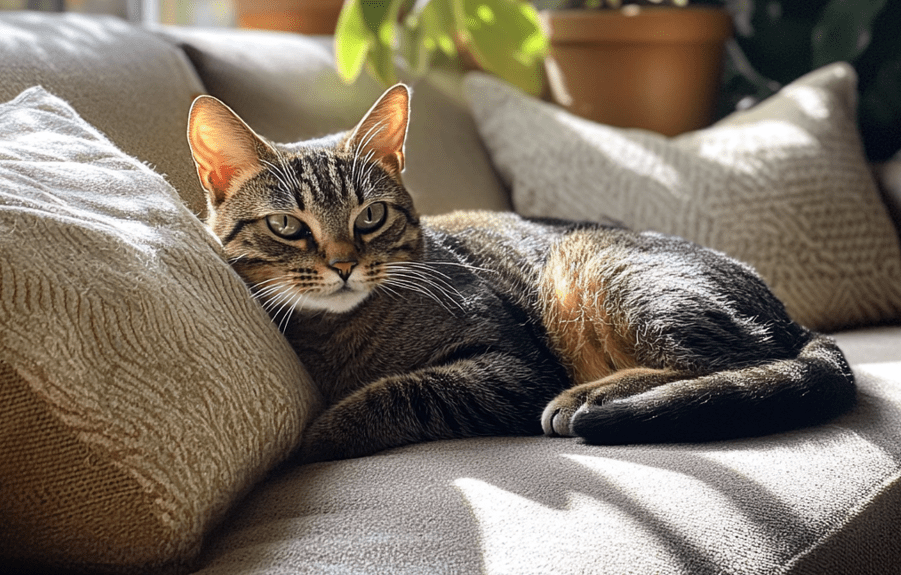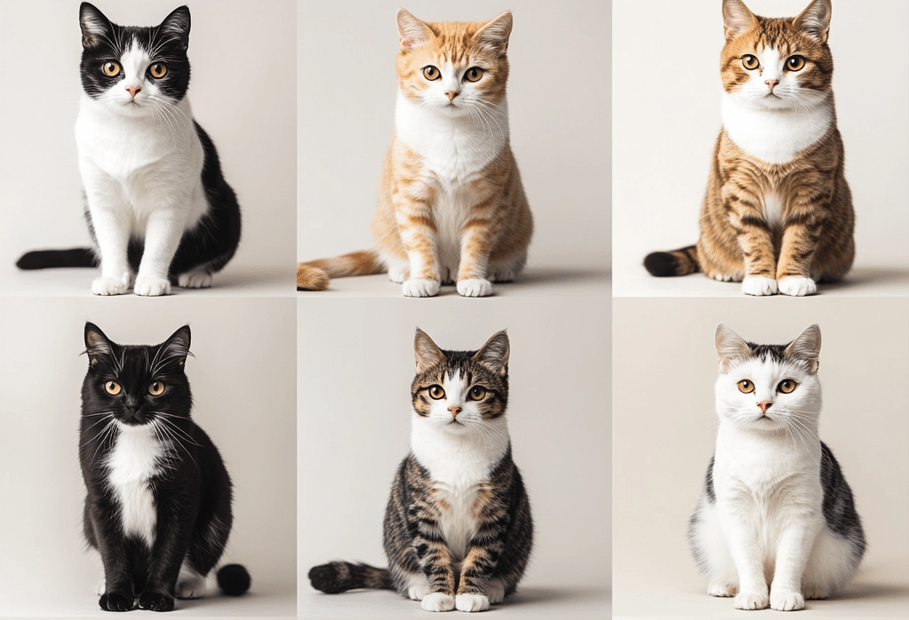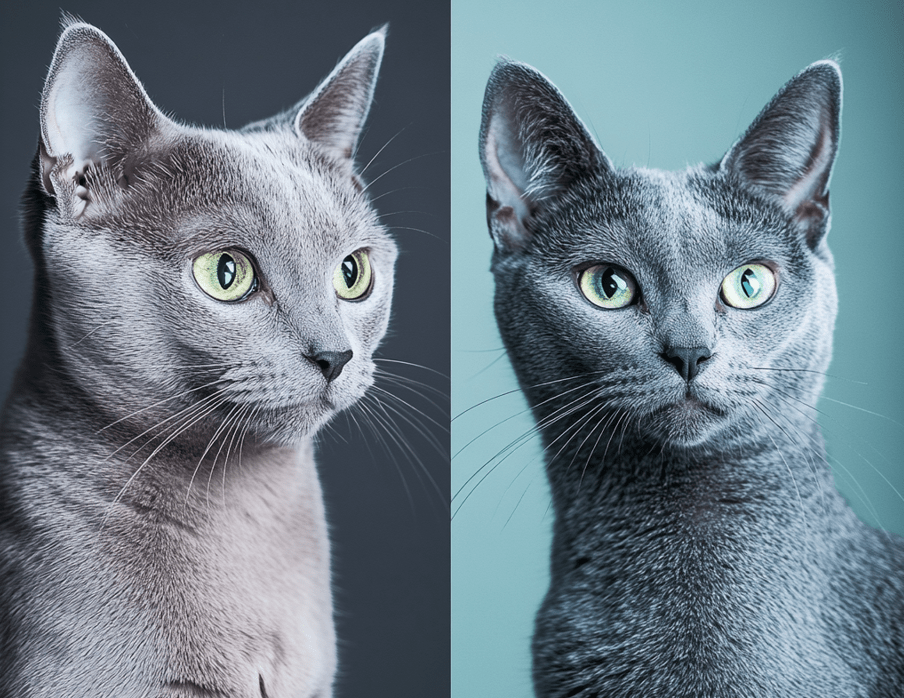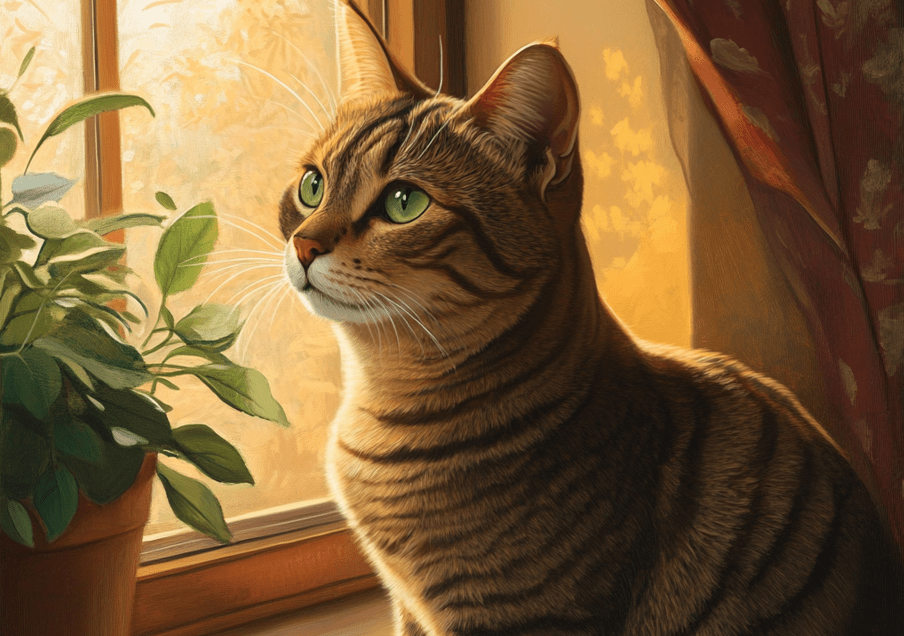
Domestic Shorthair cats are among the most beloved and adaptable feline companions, celebrated for their diverse appearances, charming personalities, and low-maintenance care. Their intelligence and playful demeanor make them highly engaging pets that thrive on interaction and mental stimulation. Understanding the personality of Domestic Shorthair cats is essential for anyone considering adopting one, as it helps build a stronger bond and ensures their needs are met effectively. In this article, we will explore the fascinating personality of Domestic Shorthair cats. Let’s explore –
Key Personality Traits
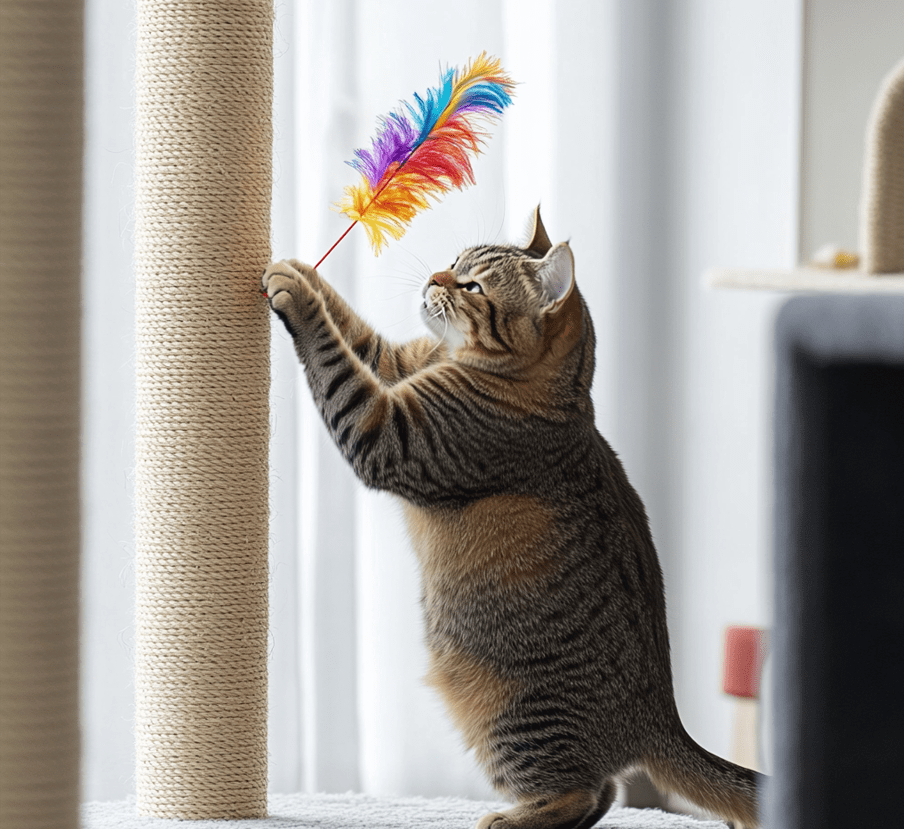
Domestic short-haired cats instinctively want to hunt. This characteristic becomes apparent during kittenhood and persists into adulthood. Their hunting instinct can be problematic for local species. Therefore, they should be kept indoors or in cat enclosures. Cat enclosures need toys, scratchers, windows, cat grass, and space for zooming.
This breed of cats is playful, friendly, and adaptable. Some are extroverted, some are shy in nature. They can be affectionate lap cats, playful adventurers, or independent observers. They get along well with children and other pets.
Early socialization is important in shaping their behavior. It makes them confident and reduces fear. They form strong bonds with human companions. They greet owners through purring, head-butting, and play. They enjoy interactive toys, climbing structures, and puzzle feeders. They can easily adapt to different environments, making them suitable companions for families with various lifestyles.
Behavior Patterns
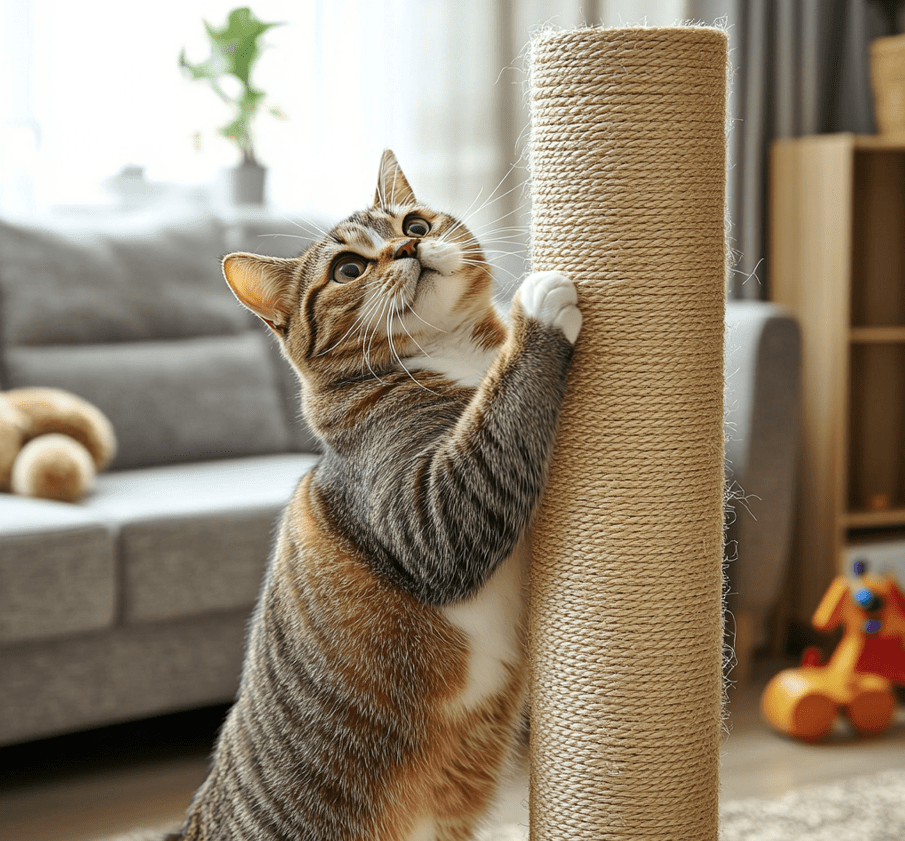
Although many domestic short-haired cats don’t have behavioral problems, they can occur if cat parents don’t meet their cats’ needs. The most common are:
House soiling (especially if proper litter box provision and maintenance isn’t done)
Inter-cat aggression (if slow introduction process isn’t followed)
Destructive behavior like furniture scratching, knocking items over, and counter surfing (especially if not given ways to alleviate boredom).
These issues can be reduced or avoided by ensuring your cat’s needs are met. This means providing a suitable clean space for elimination, territorial security, mental and physical exercise, and social interaction.
It’s also known that cats display behavioral problems or changes when experiencing pain, discomfort, or medical issues. Therefore, regular veterinary visits to manage your cat’s health are important. See the care tips section below for more on caring for these cats.
Since there is no breed standard and these cats can be any mix of breeds, no specific temperament or behavior can be expected with a domestic shorthair cat, and intelligence levels vary between individual cats.
Like humans, domestic shorthair cats each have their own personality, preferences, and behaviors. When selecting a cat or kitten, spend time with multiple available cats to get a sense of their personality. This will help you choose the right cat for your home.
Many domestic shorthair cats make wonderful family pets, but occasionally there are cats who don’t tolerate children or visitors. Taking time and care to select the right cat for your home can increase the likelihood of finding a cat suitable for your family members. However, remember that children should be taught how to properly handle the cat. No pet should be expected to tolerate rough handling or unintentional abuse from children.
Shaping Their Personality
Domestic short-haired animals typically have good manners. Occasionally they may display behavioral issues. These can include furniture scratching, inter-cat aggression, and excessive meowing. To effectively resolve these, pet parents need to understand the root cause of this behavior.
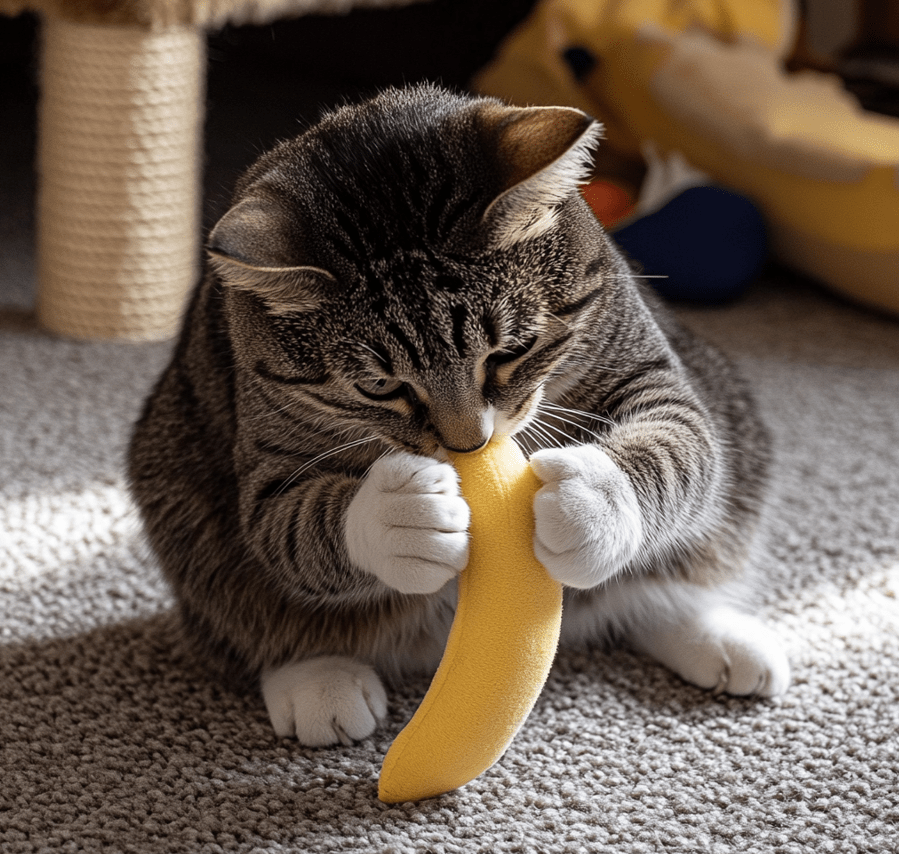
Cats scratch to mark territory, stretch, and maintain healthy nails. To protect your furniture, provide scratching posts or pads in areas your cat frequently scratches. Choose posts with sturdy bases and materials like sisal that cats find satisfying to scratch. If they fixate on a particular spot, try temporarily covering it with double-sided tape or aluminum foil, as cats dislike these textures. Reward them with treats when they use the post instead.
PetMD explains that cats become agitated when competing. This can be over resources or territorial disputes. Ensure each cat has separate feeding areas. They should also have separate litter boxes and sleeping areas. Gradual introductions or reintroductions can also help reduce conflict. Calming aids like pheromone diffusers can reduce stress.
Some cats vocalize to get attention, express discomfort, or indicate boredom. First, rule out medical issues. Then address the underlying cause by increasing interactive playtime or providing stimulating toys. Avoid rewarding meowing with immediate attention, as this can reinforce the behavior.
Cats need appropriate outlets for their play behavior which is closely tied to their natural predatory sequence. Whether you realize it or not, you’ve probably seen your cat engage in this sequence.
They start by stalking and crouching toward their target. Then they move very slowly and deliberately, getting into position to chase their prey. Next, they pounce and grab onto their target before moving to their final step: the kill bite. Your cat will either hold their prey in their mouth, give it a powerful shake, or they’ll wrap their front paws around it and kick with their back legs in a bunny kick. The predatory sequence is adorable when your cat practices it on their stuffed banana toy, but when practiced on real prey in the wild, it’s designed to break necks.
What toys bring out your cat’s inner hunter will depend on your pet’s individual personality. Some prefer wand toys, while others prefer balls or springs. Include at least 15 minutes of structured playtime two or three times per day.
Matching Their Personality to Owners
Responsible pet ownership of a domestic shorthair cat follows natural cat care tips. All cats need regular veterinary care, daily exercise, and a healthy diet. If you have one of these cats at home, it’s important to meet their needs in all these areas to enhance their health and well-being. You should also consider protecting them with a good cat health insurance plan in case of unexpected illness, injury, chronic conditions, or accidents.

Depending on your cat’s personality, they may (or may not) get along well with other kittens, adult cats, pets, and humans. It’s always good to gradually introduce your cat to a potential new friend, giving them the option to interact and providing positive reinforcement for positive interactions.
Take extra precautions when introducing cats to each other, as most cats need time to get to know a new feline companion. Rushed introductions can lead to fighting or injury, unwanted behavior (such as house soiling), and stress for both humans and animals.
All cats need mental enrichment to keep their minds sharp and active. Boredom can create stress, which can lead to behavioral problems. To keep your kitten or adult cat from getting bored, ensure they have plenty of regularly rotated toys to keep things novel and exciting; ample space for climbing and exploring; comfortable corners for sleeping; windows for wildlife watching; play (using an interactive wand toy) that provides an outlet for their natural predatory behavior; and puzzle-solving opportunities (such as food puzzles). Depending on how curious, motivated, and intelligent your cat is, you might also consider clicker-training techniques and commands.
Myths About Domestic Shorthairs’ Personality
Myth: They are plain or boring. In reality, their diversity and individuality make each one a unique treasure.
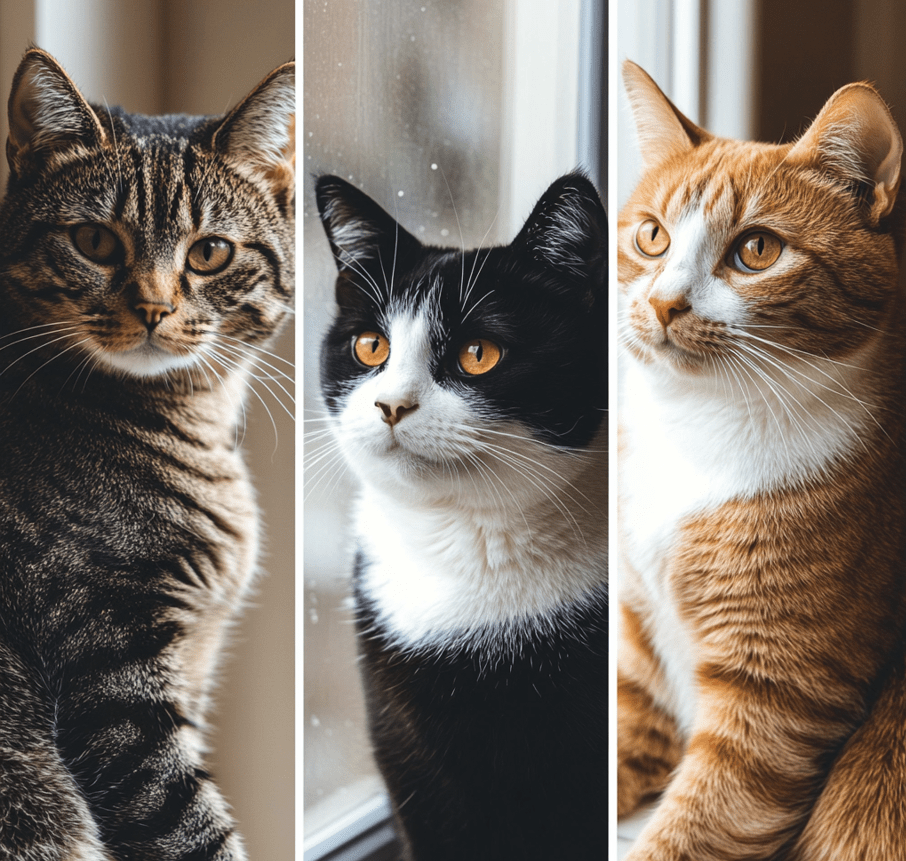
Myth: They are less affectionate compared to purebred cats. In truth, many DSH are incredibly loving and devoted. At one time, American Shorthairs and Domestic Shorthairs were classified as the same. This changed in 1996 when American Shorthairs were classified as their own breed. The main difference between a purebred American Shorthair and a Domestic Shorthair is physical characteristics.
American Shorthair kittens produce kittens with the same characteristics, temperament, and coat quality. But with Domestic Shorthairs, even kittens from the same litter can look and behave differently.
The Domestic Shorthair cat is one of the most intelligent cats, mainly due to their natural breeding without human intervention, meaning they have a larger genetic pool.
These highly intelligent cat breeds learn very quickly and respond promptly when their name is called. Because their memory is like a sharp mark.

